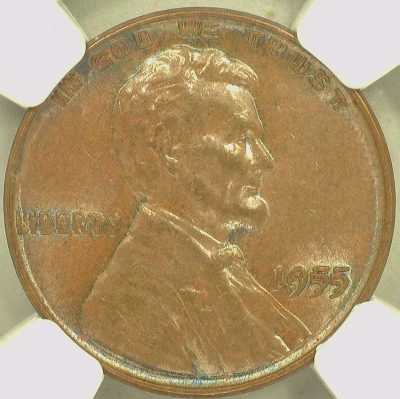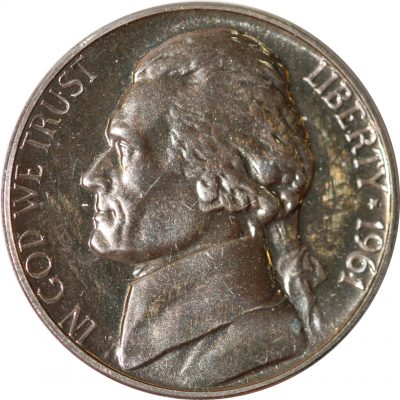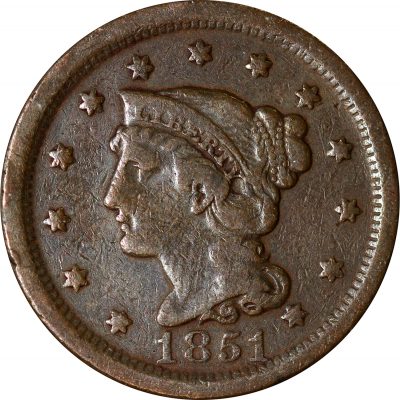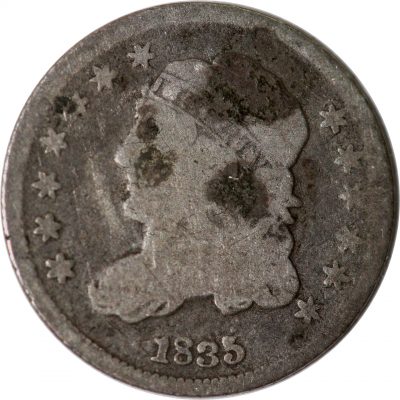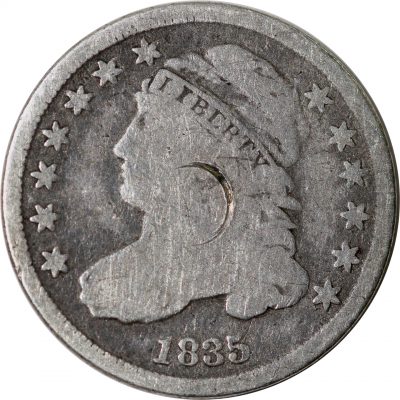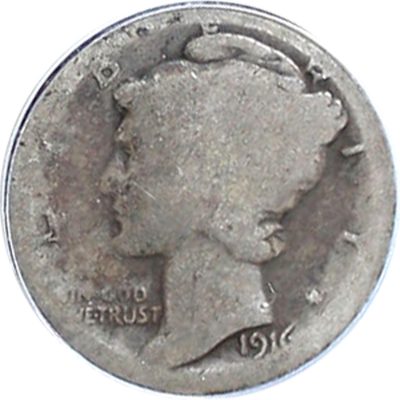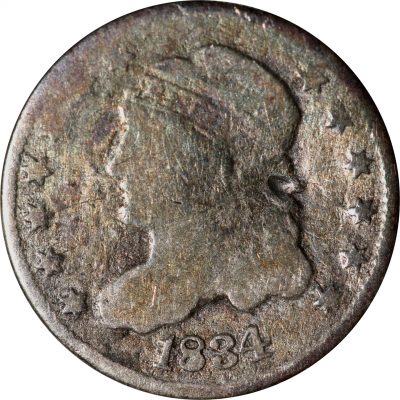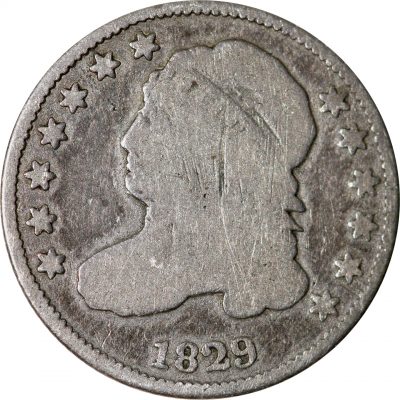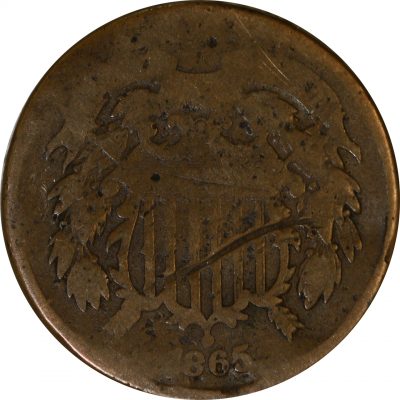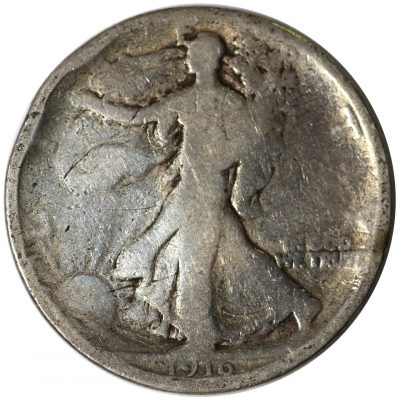ARIZONA
7038 Broadway Blvd.
Tucson, AZ 85711
520-888-8899
CONNECTICUT
1100 Main Street
East Hartford, CT 06108
(860) 289-8015
Toll Free (877) 653-3866

- Home
- Shop
- Coins
- Education
- Coin Dictionary
- Coin Blog
- All Coins
- Bullion
- American Silver Eagles
- Silver Bullion
- Gold Bullion
- Coin Sets
- State Quarter Mint Sets
- Proof Mint Sets
- Uncirculated Mint Sets
- Silver Proof Mint Sets
- Commemorative Coin Sets
- Gold Coin Sets
- Commemorative Dollars
- Half Cents
- Cents
- Two Cents
- Three Cents
- Nickels
- Dimes
- Twenty Cents
- Quarters
- Half Dollars
- Dollars
- Collectible Gold Coins
- Colonial Coins
- US Tokens
- US 90% Silver Coins
- Foreign Coins (Non Gold)
- Ancient and Medieval
- Variety and Error
- Certified Coins
- Paper Money & Notes
- Supplies
- Coin Holders
- Coin Holders/Folders
- Coin Tubes
- Miscellaneous
- Cardboard 2 x 2 Flips
- Foreign Coins
- China
- Selection Required: Select product options above before making new offer.
- Offer Sent! Your offer has been received and will be processed as soon as possible.
- Error: There was an error sending your offer, please try again. If this problem persists, please contact us.
1909 Lincoln Cent Grade VF
$15.50
1 in stock
CompareProduct Information
1909 Lincoln Cent Grade VF
The Lincoln cent or Lincoln penny is a cent coin (or penny) (1/100 of a dollar) that has been struck by the United States Mint since 1909. The obverse or heads side was designed by Victor David Brenner, as was the original reverse. The coin has seen several reverse, or tails, designs and now bears one by Lyndall Bass depicting a Union shield. In 1905, sculptor Augustus Saint-Gaudens was hired by the Mint to redesign the cent and the four gold coins, which did not require congressional approval. Two of Saint-Gaudens’s proposed designs for the cent were eventually adapted for the gold pieces, but Saint-Gaudens died in August 1907 before submitting additional designs for the cent. In January 1909, the Mint engaged Brenner to design a cent depicting the late President Abraham Lincoln, 1909 being the centennial year of his birth. Brenner’s design was eventually approved, and the new coins were issued to great public interest on August 2, 1909. Brenner’s initials (VDB), on the reverse at its base, were deemed too prominent once the coins were issued, and were removed within days of the release. The coins that were released bearing the initials VDB are the rarest of any of the Lincoln cents and fetch a high price among coin collectors. The initials were restored, this time smaller, on Lincoln’s shoulder, in 1918. Brenner’s reverse was replaced in 1959 by a depiction of the Lincoln Memorial designed by Frank Gasparro, for the sesquicentennial of his birth year. The Lincoln Memorial reverse was itself replaced in 2009 by commemorative designs marking the bicentennial of Lincoln’s birth. Beginning in 2010, Bass’s shield design was coined. Originally struck in 95% copper, the penny coin was changed for one year to steel in 1943 as copper was needed to aid in the war effort. The mint then reverted to 95% copper until 1982, when inflation made copper too expensive and the composition was changed to zinc with an outer copper layer. (Source Wikipedia)
| Weight | 1 lbs |
|---|








